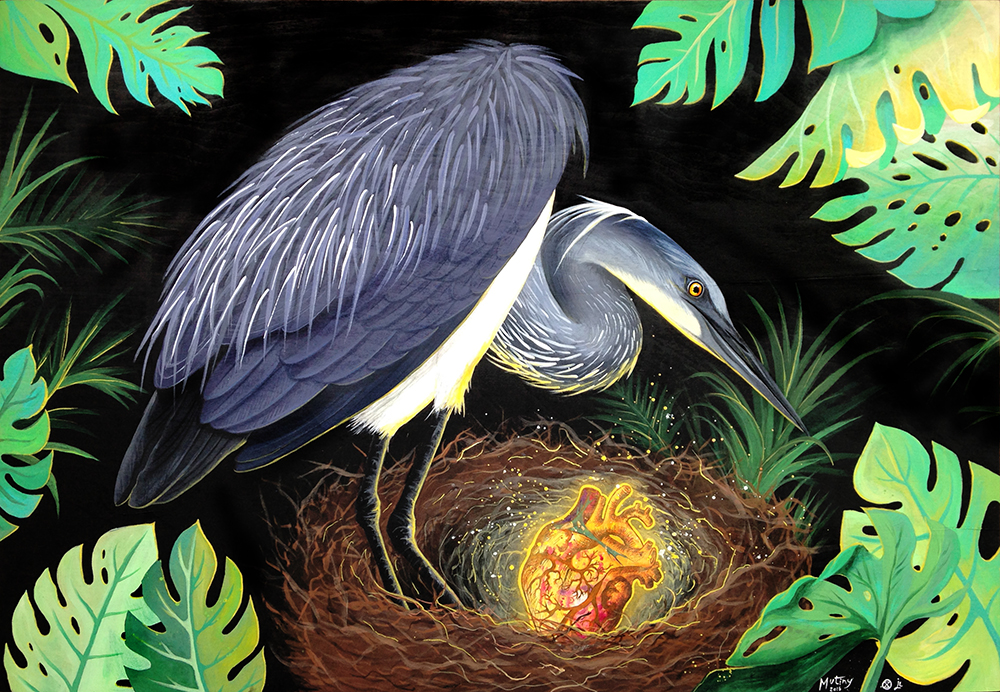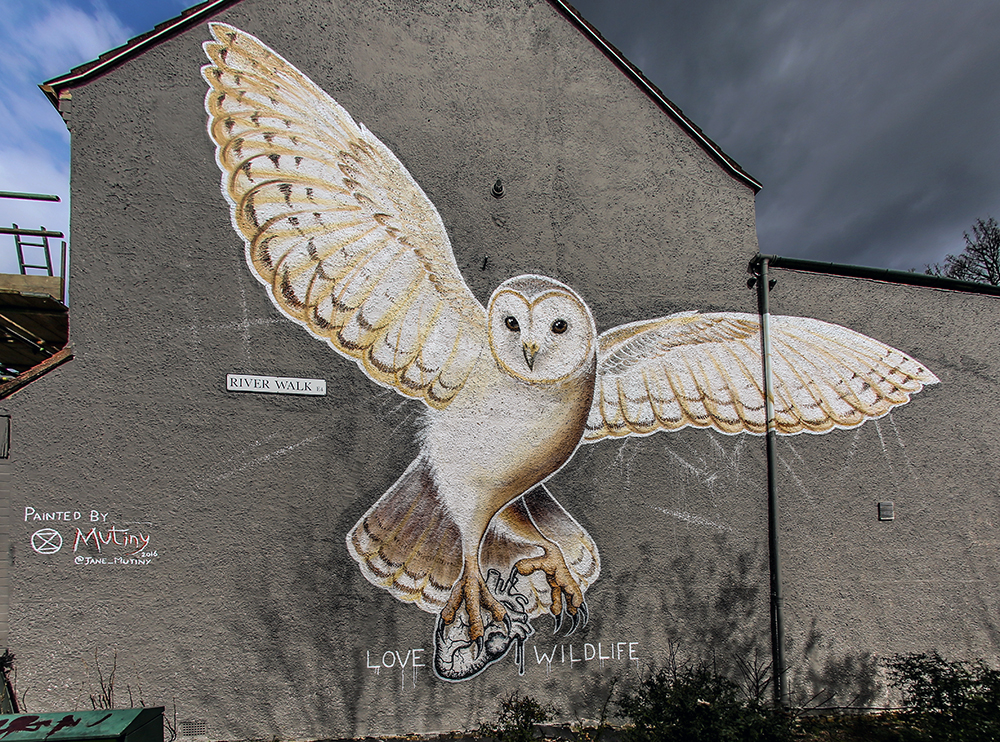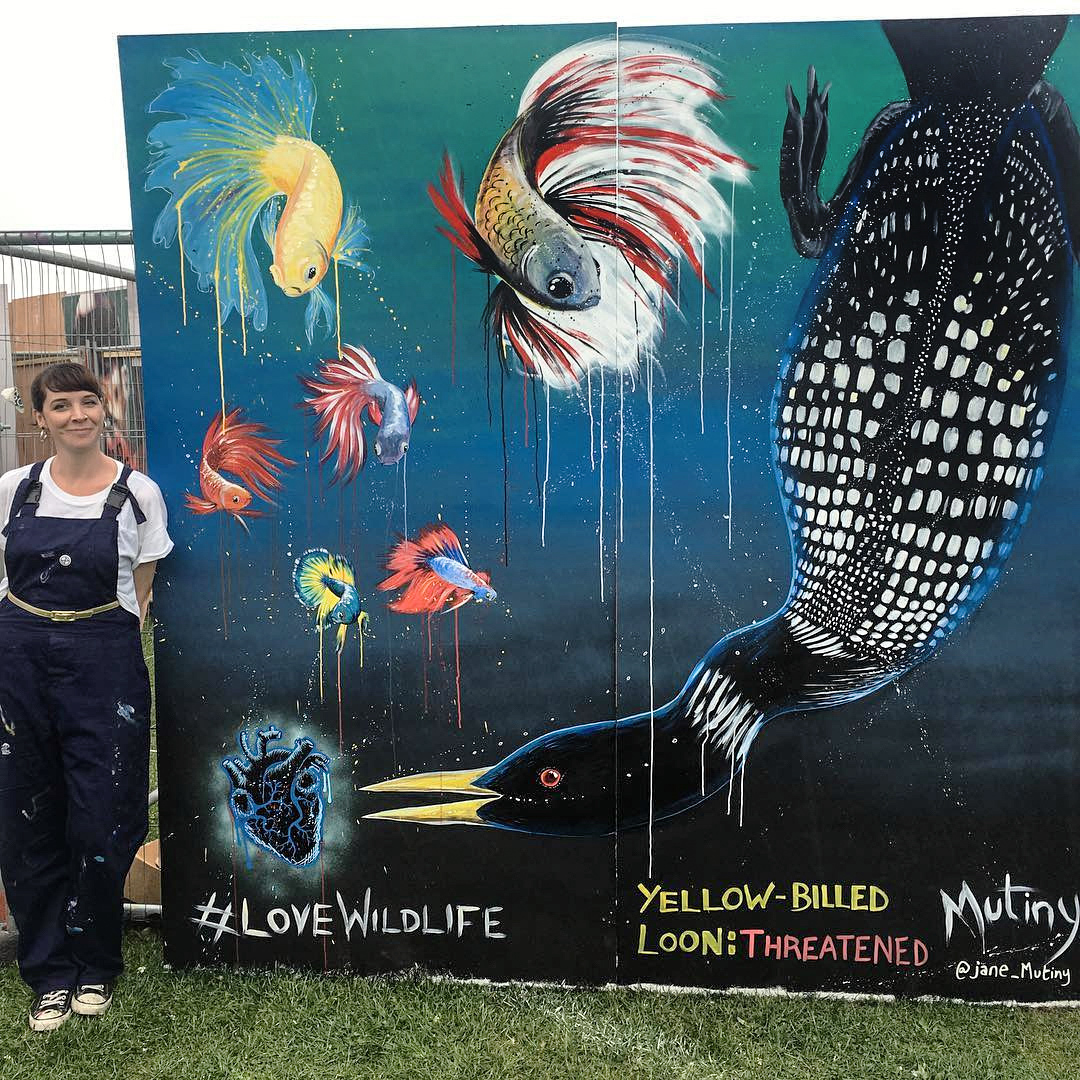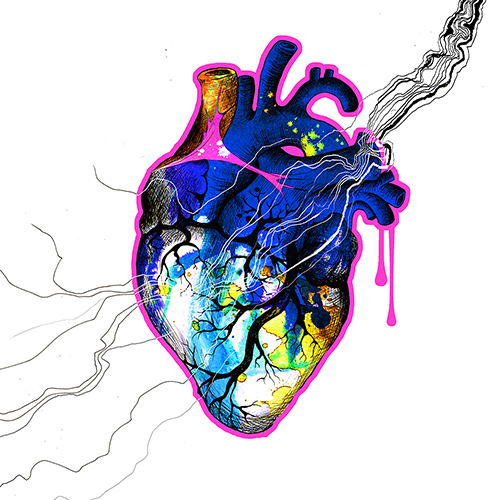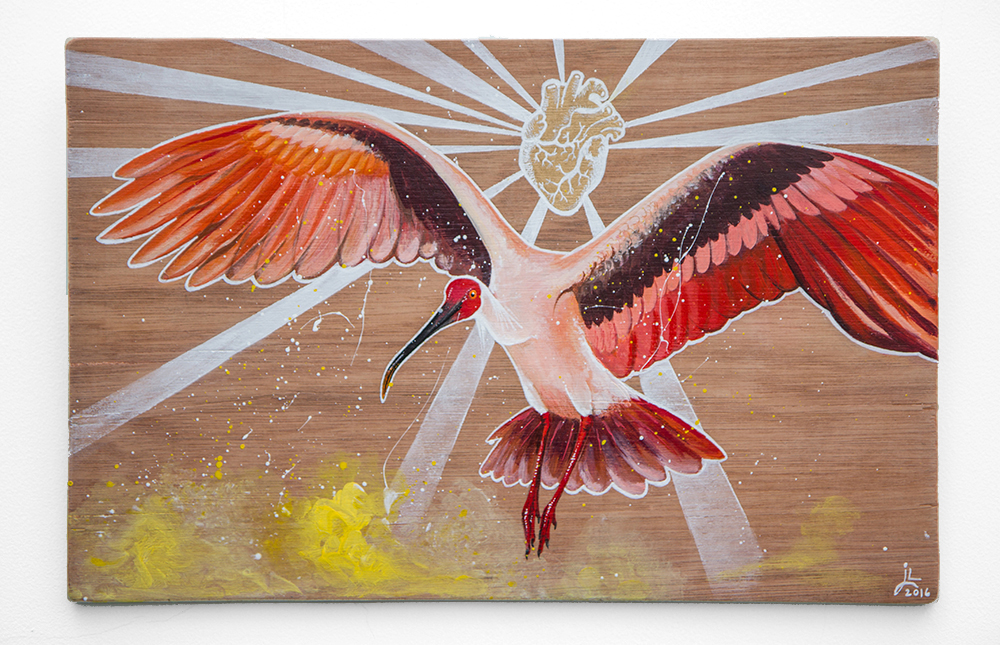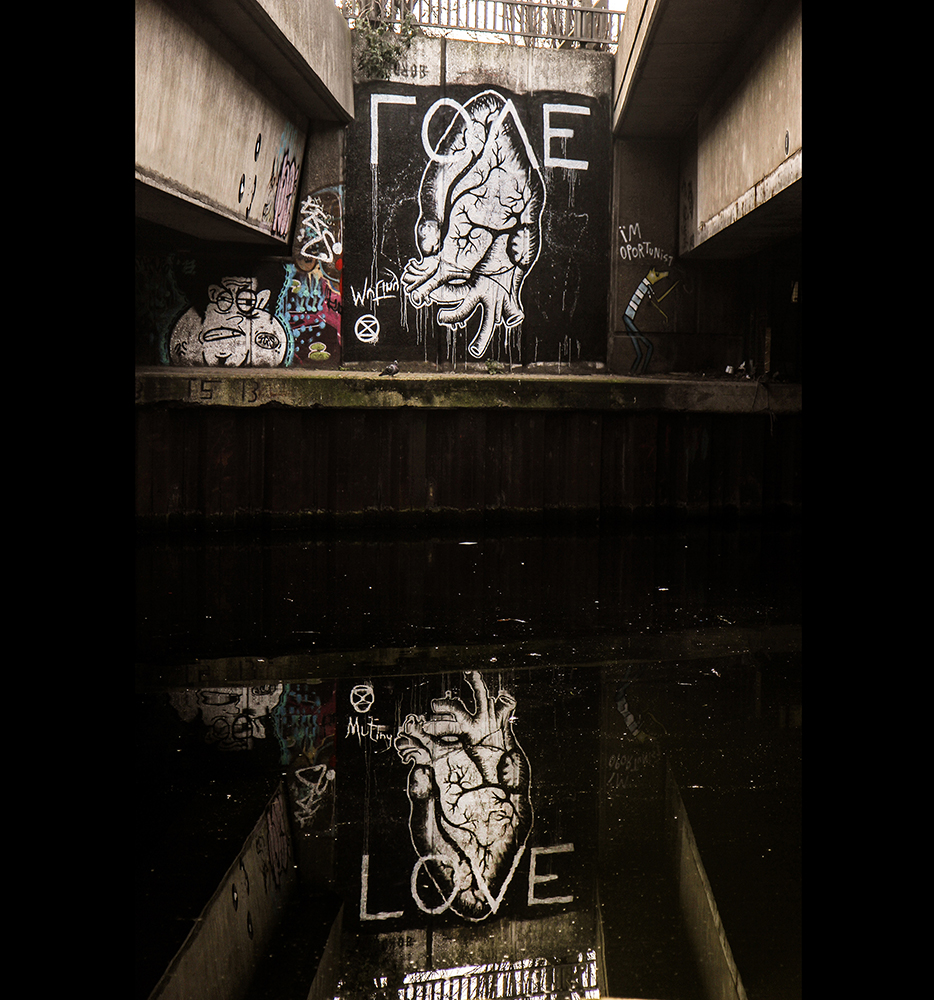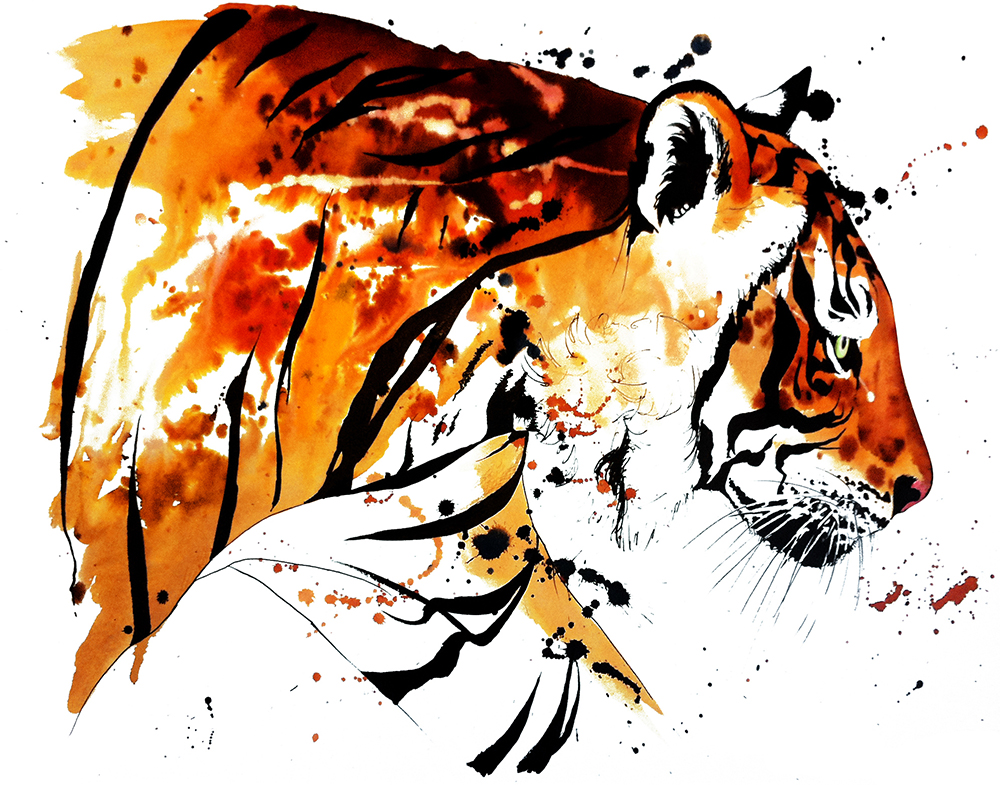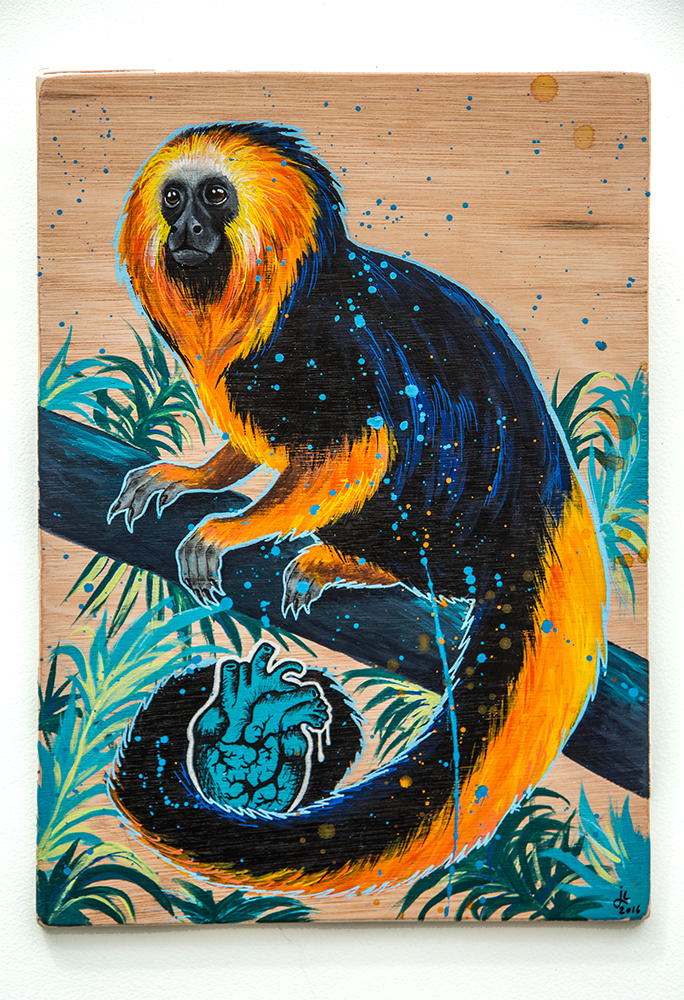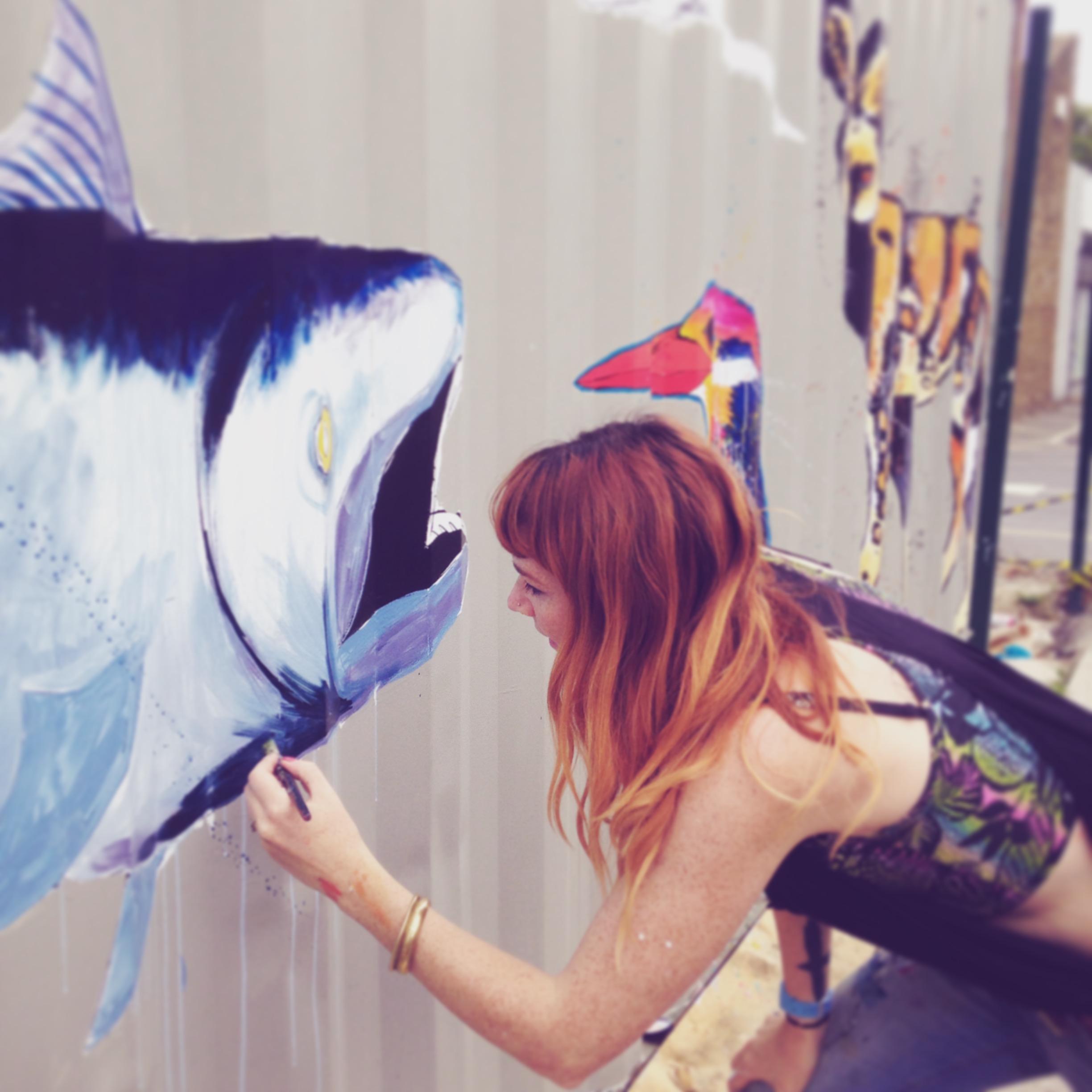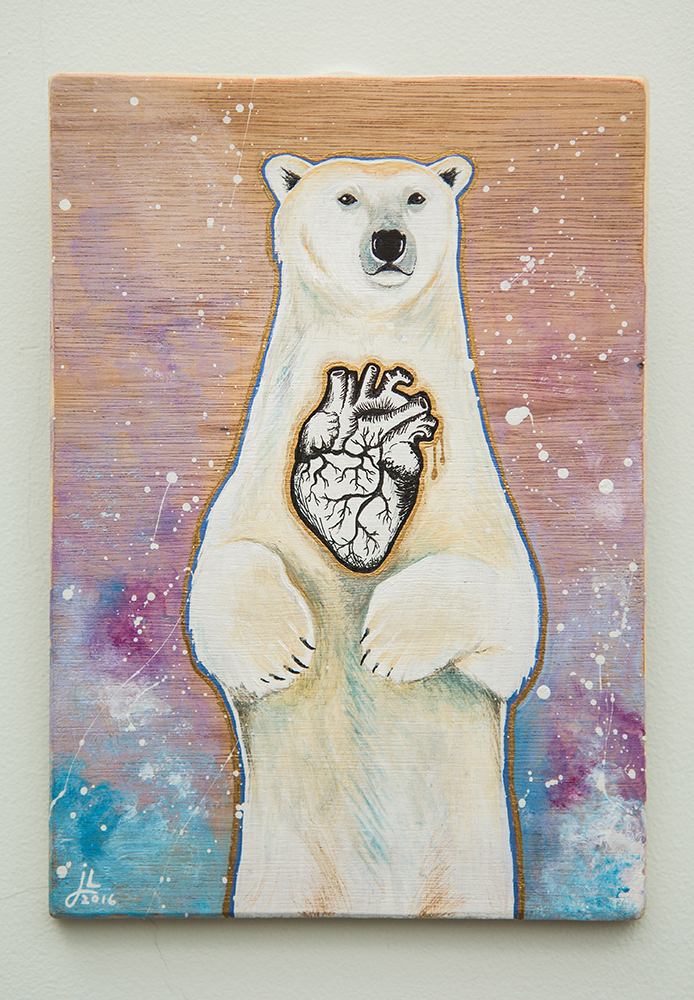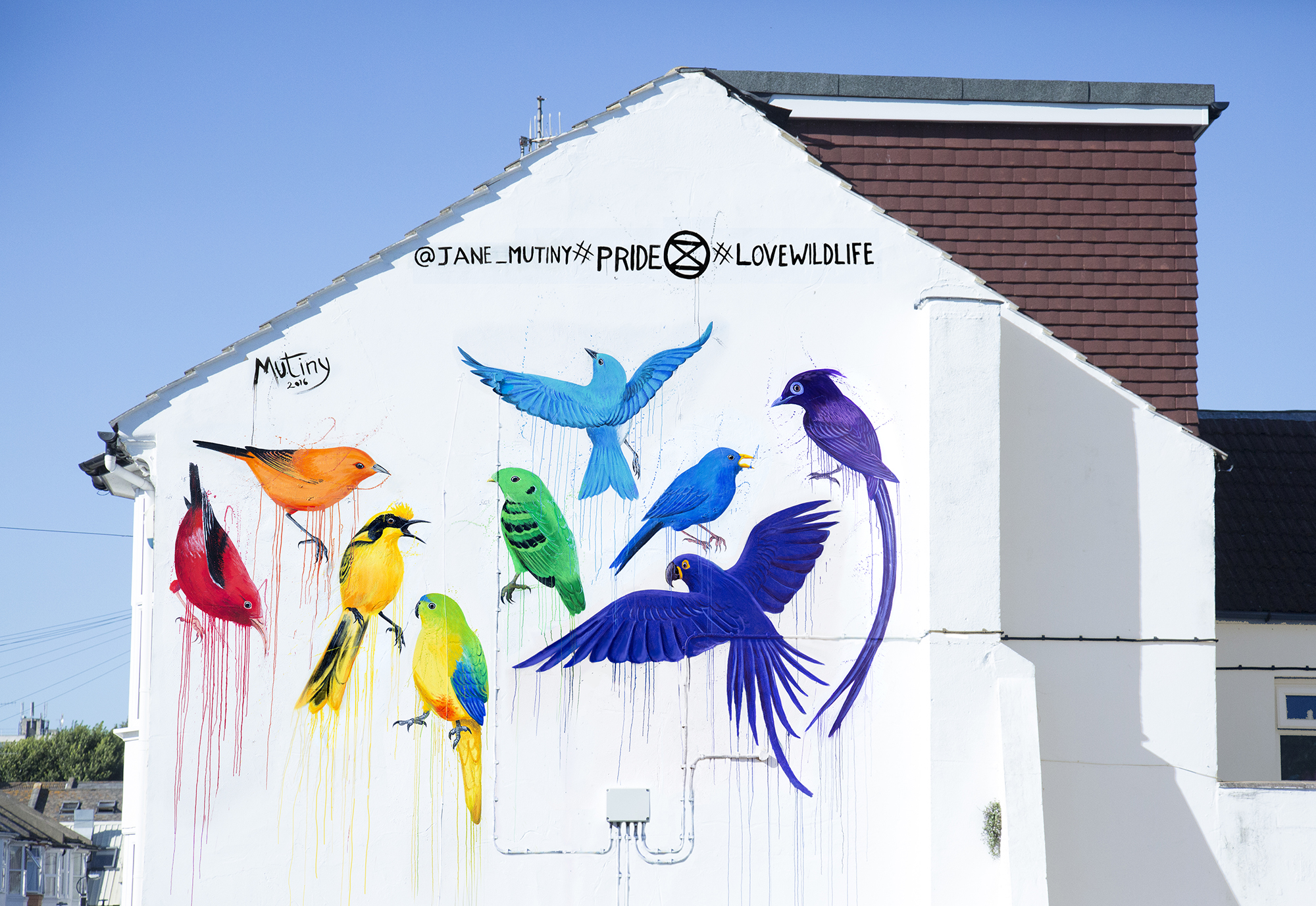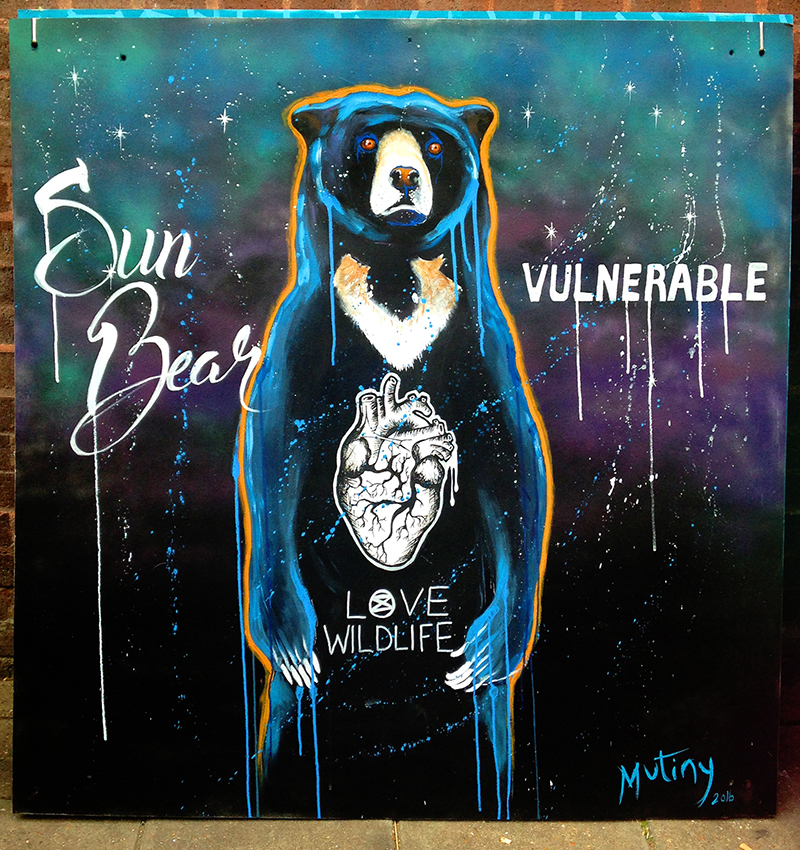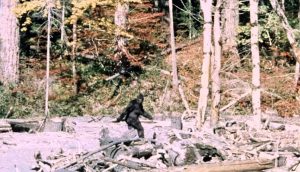Jane Mutiny: Nature, Art, Beauty (Images/Interview)
Jane Mutiny is an artist with a big, pulsating heart for nature and an eye for detail. Here we check out some of her incredible art and find out about the woman behind the brush.
A couple of weeks back I was chilling out in in my local Tesco carpark. That’s how I get my kicks these days. I noticed an incredible bird-based mural on a house just beyond the spiky metal gates.
I took a closer look and was pleased to see that the artist had popped their Twitter handle on there. It was a piece of work by Jane Laurie AKA Jane Mutiny.
I contacted Ms Mutiny to see if she would answer my inane questions and allow me to post some of her work. She agreed to both. What a legend. What follows is the interview, liberally smattered with some of Jane’s beautiful artistry.
If you like what you see, there’s plenty more here:
LH: How long have you been painting for?
JM: I’ve been drawing and painting since I was a child. It’s all I would do! And it was my favourite subject at school throughout the years. It is something I have always known I wanted to do. Lately though, the conservation side to my work has started to creep up on me, and now I want to go back to school to study science – maybe zoology or animal behaviour.
Although I love painting, I’d really love for my work to have a deeper meaning beyond just the art – I want to get out in the field to physically help there too.
LH: What first sparked your interest in wildlife?
JM: I grew up in Dorset, South West UK, which is beautiful rural countryside and coast, so nature and wildlife were always right outside my front door. I’d take the dog out on long summer days, we’d go swimming in the streams, climb trees, make dens in the copse… and there would always be deer, foxes, woodpeckers, buzzards, butterflies, insects all around us. I’d sit and watch it all for hours.
My parents had bird books and a friend of theirs taught me how to identify species. He is still a keen twitcher and we often have long conversations about birds today. My parents still live there so I often go back which I love.
I’ve had the opportunity to visit some extraordinary parts of the world, so I’ve seen some amazing wildlife first hand. In Madagascar, we saw the rare and critically endangered Golden Bamboo Lemurs, and on the very same day I hand fed an Indri. That was so magical. In India, a wild Bengal Tiger walked 6 foot in front of my car, an experience so intense it brought me and my friend to tears.
In Galapagos, I swam with sea lions, turtles, and hammerhead sharks, and watched as orca whales hunted for tuna around our tiny dinghy in the rough seas.
I’ve been so fortunate, and these experiences all contribute to my love for the natural world.
LH: Do you have a favourite bird? If so, why?
JM: In 2013 my husband and I went to New Zealand for our honeymoon, and it was the most spectacular place – the wildlife and scenery there is astonishing.
I recently watched a series on New Zealand which talked extensively about the Kakapo, a native ground dwelling nocturnal parrot. They are incredibly rare, with only around 123 left in the wild. They are so rare that each parrot left has a name and its’ status known at all times by the scientists and conservationists who work around the clock to protect them.
They are so charming and beautiful, large and with moss green feathers. Like most parrots, they live incredibly long, often reaching 100 years old.
Because of this, they breed very slowly, maybe only every 4 or 5 years, so they have become vicim to many introduced predators, such as weasels and stoats, who are quick and vicious. Kiwis on NZ have realised the importance of this species, and they are working hard to help save them from extinction. It’s a long process, but they are doing a great job. It’s my dream to go out there again and meet these dedicated folk – and if I’m truly lucky, a Kakapo too.
I wrote a blog post about Kakapos here.
LH: What’s the weirdest thing that’s happened to you whilst painting a mural in public?
JM: I’m not sure anything strange has happened to me while painting… perhaps when an old Jewish lady on a pink bike came up to me in Leake Street and asked me to paint the Star of David on the back of her shirt! But that wasn’t weird, it was just cool. You meet all sorts. But people do come up to you and say things like ‘What, are you an artist then?’ You have to be patient sometimes!
But the banter and chat with the public is actually a big part of why I love to paint outdoors. Art should be for everyone, so painting in public ensures everyone has access to it, not to mention my environmental messages getting out there too.
LH: If you could paint a mural anywhere, where would it be?
JM: Maybe at the WWF building in Surrey, that would be amazing. Or somewhere like the Natural history Museum, or National Geographic. I think the work all these places do is really important and valuable.
LH: What do you think is the biggest threat to wildlife currently?
JM: This is a heavy and complex question.
The obvious and huge problem with a lot of wildlife right now is of course poaching and trafficking. We think of elephants for their ivory, rhinos for their horns, tigers and leopards for their furs… and these are troubling stories which have been in the headlines for decades.
There are things being done to help curb these situations, but as with anything, you have to look at the root of the problems – why are elephants being killed at a rate one every 15 minutes? Until recently, these problems were tackled at the most obvious areas – with the poachers themselves.
It came to light that the demand for rhino horn in China (and more recently Vietnam) were the biggest sources of these problems, mostly due to superstitious and completely unfounded beliefs that it has magical healing properties – a lot of people think it will cure cancer. Of course it can’t cure cancer, but because of this belief, a single rhino horn can be sold in China for up to $100,000.
Respected doctors are prescribing patients rhino horn powder, and a lot of this has to do with wealth and status – if you can afford it, it’s the same as buying sports car or a yacht to show off how much money you have.
Meanwhile where all of this begins, in Africa, the situation is the opposite. People are struggling to feed their families and there are very little social services providing help. When you consider a typical job in South Africa pays less than $100 a month, versus $1,100 they’d get per rhino horn (that’s nearly a year’s worth of pay), it’s no wonder people often choose the dark side. And when locals are confronted about it they often retort with “Why is my life worth less than that rhino’s? What is being done to help me?” There’s too much conflict.
And you hear this story all over the world. Rosewood trees in Madagascar, Leatherback turtle eggs in Costa Rica, sharks for their fins in China… all are worth so much somewhere that locals are willing to risk their own land or wildlife to sell it, never even seeing the ridiculously inflated amounts of money something is sold for by the time it reaches the buyer.
There’s so much greed and exploitation. And it’s not just rich people benefiting from wildlife trafficking – terrorist groups, such as The Lord’s Resistance Army, led by Joseph Kony in Africa, are using Ivory as a source of income to fund their cause. Wildlife and people alike are being brutalised in unspeakable ways by these groups – this adds a whole new shocking level of disgust to it all. There is a film about the LRA which I haven’t been able to bring myself to watch just yet.
This is what needs to be tackled – the roots of our relationship with wildlife, the environment and the ecosystems which we are all part of, as well as the politics and the people at the heart of it all. Those in power who doing terrible things need to be bought to justice. Education, honesty, fairness and willingness to see change are our most powerful assets if we don’t want to see species die out altogether.
Sadly and frustratingly, those things are the hardest to bring into politics, but we can make it work if we try hard enough and do it right.
LH: Have you had the opportunity to paint in countries other than the UK? If so, where, and are there any other countries you’d like to work in?
JM: Outside of the UK I’ve only painted in San Francisco. We went there for a holiday last year and whilst hiring a bike I met a street artist called Joe, who invited me to collaborate with him. It was a really fun day and we made a wicked piece together. I painted the endangered San Franciscan Garter Snake.
I’d really love to go to Africa to paint vultures and work with conservation groups out there. Vultures are so important to ecosystems, but because of their lifestyle they are often regarded as vermin. In fact, without them to clean up the dead animals, disease and pestilence would spread fast. In fact, there was a period in India where vultures were dying out because they were eating dead cattle which had been treated with a drug that was deadly to the birds. The vultures disappeared and the feral dog population, now no longer having to compete with vultures for food, rocketed from 7 million to 29 million during an 11 year period. The result? An estimated 38.5 million additional dog bites than before. Death from rabies increased by 50,000 which cost Indian society nearly $34 billion in mortality, treatment and wages. Not a small sum of money for any country, let alone India.
To be honest, I’d love to paint anywhere. I’ve had some amazing experiences in other parts of the world, each and every place has given me a wildlife experience I won’t forget so I’d be happy to go back to any of those places to relive those experiences through artwork. The stories we share with wildlife are a constant inspiration.
LH: What do you love other than art and wildlife?
JM: Singing! I’m in a choir with 300 other people, we’re called Some Voices and I love it! Singing is so good for the soul.
LH: What tunes are you loving at the moment?
JM: I’m really old school with my music, so I listen to Queen, Led Zeppelin, The Who, Jeff Buckley… but lately I was introduced to Christine & The Queens, and I’m really enjoying their music. ‘Tilted’ is a great song, not to mention the wicked dance moves.
LH: Is there anything you’d like to say to young people thinking about getting into art?
JM: Don’t think about it, just do it.
LH: Anything else you’d like to say?
JM: We all need to think very carefully about our place in this world. All those simple messages we’re taught as kids like ‘don’t litter’ or ‘think of others’ are still relevant. We’d be so foolish to think we are above any of the other creatures we share the planet with. We’re not. Everything is here because that is the way it has all evolved together, and humans ravaging the world’s resources at the rate we currently do is a huge and heavy handed imbalance.
Unfortunately, foresight is not something most people – especially those in power – are using, but without it, it will be a case of we didn’t know what we had until it was gone.
I don’t want to be part of a generation who watches this happen when it could have been prevented. We need to inspire each other to work towards this goal, and that’s why I do what I do.
MORE ENVIRONMENTAL AND NATURAL CHAT:
THE GREAT PACIFIC GARBAGE PATCH
THE SECRETIVE YET UBIQUITOUS KINGFISHER
EXAMPLES OF SPECIATION – EVOLUTION IN ACTION
HAWAII: EXTINCTION CAPITAL OF THE WORLD
KIVALINA: A SINKING POPULATION
THE SCIENTIFIC CONSENSUS ON GLOBAL WARMING
THE ALMOST EXTINCT SAIGA ANTELOPE

